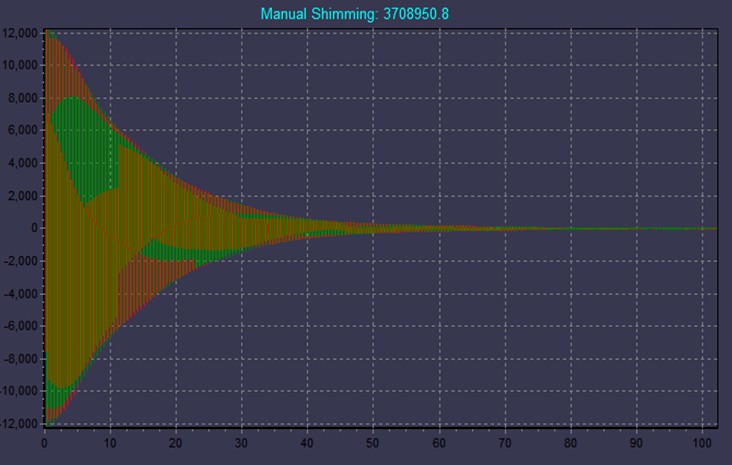Un índice clave para evaluar el rendimiento y la calidad de los imanes de RMN es la uniformidad y la estabilidad del campo magnético. La uniformidad y la estabilidad del campo magnético afectan directamente la calidad de la imagen., resolución de imágenes e imágenes de artefactos de resonancia magnética.
Uniformidad del campo magnético
Campo magnético la uniformidad se refiere a la uniformidad del campo magnético principal dentro de un límite de volumen específico cuando no hay objeto de inspección. En sistemas de resonancia magnética, la uniformidad se mide en partes por millón (PPM) Como unidad de desviación. Para 1.5t equipo de resonancia magnética, Una unidad de desviación es t.
Estabilidad del campo magnético
La estabilidad del campo magnético se ve afectada por factores como los materiales ferromagnéticos cerca del imán, temperatura ambiente, o la fuente de alimentación de frase a la deriva. La uniformidad del campo magnético a menudo cambiará, lo que a menudo se conoce como la deriva del campo magnético. El grado de deriva se describe por estabilidad del campo magnético.
La estabilidad del campo magnético se divide en estabilidad y estabilidad térmica.
La estabilidad del tiempo se refiere al grado en que el campo magnético cambia con el tiempo. El corto plazo (1~ 2h) La deriva del campo magnético no puede ser mayor que 5ppm, y el largo plazo (8h período) la deriva debe ser inferior a 10 ppm.
La estabilidad térmica describe el grado en que el valor del campo magnético se desplaza con los cambios de temperatura.
¿Por qué se necesita un campo magnético altamente uniforme y estable??
1. La necesidad de posicionamiento espacial
La codificación de frecuencia y la codificación de fase se requieren en el proceso de resonancia magnética. Si el campo magnético principal no es uniforme, Después de agregar un campo de gradiente lineal en la dirección de la codificación de frecuencia y la codificación de fase, El campo magnético superpuesto no será un campo magnético de gradiente lineal, que conducirá a la frecuencia y la fase. El error, resultando en desenfoque o desalineación de la imagen.
2. Mejorar la relación señal / ruido
Si el campo magnético no es uniforme, Parte de la señal se perderá durante el proceso de imagen y la relación señal / ruido se perderá. Para mejorar la relación señal / ruido, También se requiere un campo magnético altamente uniforme y estable.
3. Reducir los artefactos de resonancia magnética
Es más probable que el campo magnético no uniforme produzca artefactos. Hay muchos artefactos relacionados con la uniformidad del campo magnético., tales como artefactos de susceptibilidad. Un campo magnético con alta uniformidad puede reducir los artefactos.
4. La necesidad de un gran campo de escaneo de visión
Al hacer imágenes del cuerpo, Por lo general, se requiere un amplio escaneo de campo de visión. Por lo tanto, No solo requerimos que el campo magnético sea uniforme en un rango muy pequeño., pero también requieren un campo magnético altamente uniforme en un rango relativamente grande.
5. La necesidad de análisis de espectro
En análisis espectral, Distinguemos entre diferentes sustancias por la diferencia en la frecuencia de precesión de un cierto tipo de núcleo magnético en diferentes moléculas. Porque la diferencia de frecuencia de resonancia entre los metabolitos es muy pequeña, Cuando el campo magnético principal no es uniforme, Hará que la frecuencia de resonancia magnética se calcule mal, y la frecuencia de resonancia de cada componente se mezclará entre sí, que traerá grandes dificultades al análisis del espectro, Incluso no puede realizar análisis pop.
6. La necesidad de grasa señal supresión
Las imágenes de supresión de señales de grasa también requieren un campo magnético uniforme. Dado que la frecuencia de los protones H en grasa está muy cerca de la de los protones H en el agua, Los dos no se pueden distinguir cuando el campo magnético no es uniforme, resultando en la falla de la supresión de la señal de grasa.
 mohoso
mohoso
